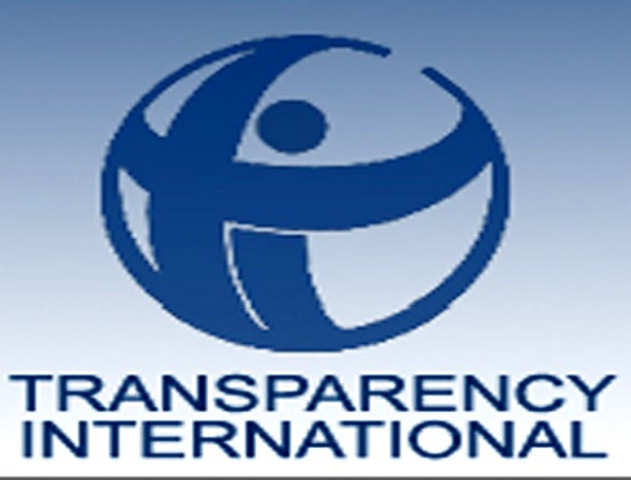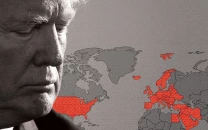TI declares current govt more corrupt than last one

Addressing a press conference at the Karachi Press Club on Tuesday, Chairman TI Syed Adil Gilani said that the National Corruption Perception Survey 2010 indicates that the overall Corruption in 2010 has increased from Rs195 billion in 2009 to Rs223 billion, while 70 per cent of Pakistanis say that the present government is more corrupt than previous government.
He said most people considered the previous federal government to be cleaner but did not qualify his statement as to how he came to this conclusion. Gilani added that from a provincial perspective, Punjab is the only province where the present provincial government is rated to be cleaner than the previous one. He added that Khyber-Pakhtunkhwa is rated as the most corrupt province, but did not say how this was determined.
The chairman said that the police and power sectors maintained their ranking as the top two most corrupt sectors, while land and administration sector ranked as the third most corrupt sector.
“Corruption in the judiciary, education and local government has also increased as compared to 2009, whereas Federal Board of revenue departments –Customs and Taxation– are ranked as the least corrupt sectors” he added.
In terms of bribery, Land Administration is rated as the most corrupt sector where each incident of corruption per act is of Rs46,414, whereas the total bribery in the other nine sectors is Rs 127,728.
Furthermore, the chairman said that corruption is the root cause of poverty, illiteracy, terrorism, shortage of electricity and food, and lack of governance in Pakistan. He added that the country’s credibility is at the lowest level, which is evident from the lack of funds in the last two years from the Friends of Pakistan Trust Fund, managed by the World Bank.
He said the most corrupt sector is tendering, which takes away at least 40 per cent of Pakistan’s development budget, clear from the recent results of transparent tendering for transportation of sugar in the Trading Corporation of Pakistan (TCP). TCP has saved at least Rs49.3 million by implementing Public Procurement Rules 2004, which is 40 per cent lower than the cost of the same work awarded last year.
Violators of Pakistan Procurement Regulatory Authority (PPRA) are listed as BOI, Wapda, CDA, NHA, CCP, SECP, SBP, Customs, EOBI, ECP, EPZA, FIA, MOI, FPSC, FOS, GPA, Islamabad HC, JPCL, MoH, MoInv, MoPA, MoIT, MoPriv, MoZakat, NIH, NSCS, PCB, PEPA, PHF, NLC, NIC, and PID.
Chairman TI stated that the government needs to address its corruption, as the judiciary did by declaring it under the Judicial Policy with a zero tolerance for corruption, and as the Pakistan Armed Forces did by withdrawing its active senior officers from civilian postings.
Published in the Express Tribune, June 2nd, 2010.



















COMMENTS
Comments are moderated and generally will be posted if they are on-topic and not abusive.
For more information, please see our Comments FAQ